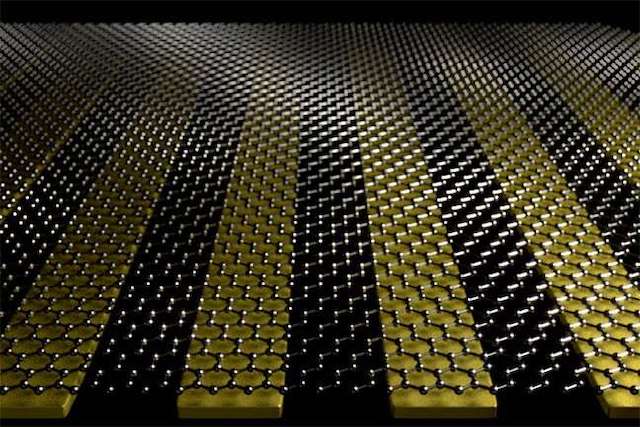
A new study from the University of Minnesota has developed a unique new device using the wonder material graphene.
The new device is a big step toward ultrasensitive biosensors to detect diseases effectively.
The study was done by Researchers at the University of Minnesota College of Science and Engineering.
Ultrasensitive biosensors can be used to probe protein structures. They can improve the depth of diagnosis for a wide range of diseases in humans and animals.
Previously, scientists have found that such biosensors could help diagnose diseases related to protein misfolding, including Alzheimer’s disease, Chronic Wasting Disease, and mad cow disease.
They can also help develop new pharmaceutical compounds.
Graphene is a material made of a single layer of carbon atoms. Previous studies showed that the material could help create better sensors for detecting diseases.
They have tried to improve biosensors using graphene, but they found the challenge is that graphene does not interact well with light when shined through it.
Light absorption and conversion to local electric fields is key to detecting small amounts of molecules when diagnosing diseases.
In the present study, the researchers combined graphene with nano-sized metal ribbons of gold.
They used sticky tape and a high-tech nanofabrication technique to develop an ultra-flat base layer surface for the graphene.
After that, they used light energy to generate a sloshing motion of electrons in the graphene, called plasmon. These plasmons can build in intensity to giant “tidal waves” of local electric fields.
The team then shone a light on the single-atom-thick graphene layer device. They created a plasmon wave with unprecedented efficiency.
They inserted protein molecules between the graphene and metal ribbons and found that they could harness enough energy to view single layers of protein molecules.
The team hopes their device using graphene and a unique manufacturing process could advance future research in the field.
Their computer simulation showed that the new approach could work well
The study lead author is Sang-Hyun Oh, University of Minnesota electrical and computer engineering professor.
The research is published in Nature Nanotechnology.
Copyright © 2019 Knowridge Science Report. All rights reserved.



